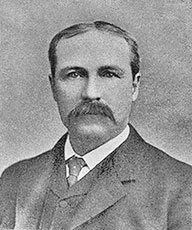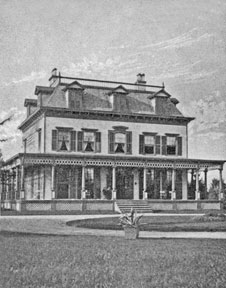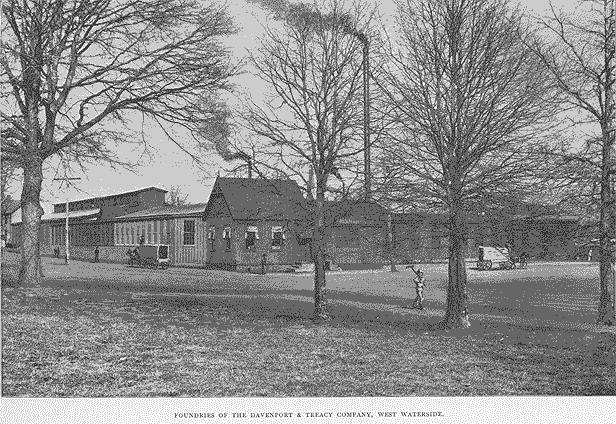| Join | Official Historian | City of Stamford | Blog | About Us | |
| Jewish Historical Society | Civil War Roundtable | Contact Us | |
|
|
|
|
The Stamford Historical Society PresentsPortrait of a Family: Stamford through the Legacy of the Davenports
John Davenport 1840–1910Having spent the greater part of his youth at his father’s firm, the Stillwater Company, John acquired considerable knowledge of foundry work, which he utilized in operating the Davenport & Treacy Company. In the post Civil War era, ownership of a piano was considered to be a reflection of a family’s status in society. Even those of modest means sought to have one in their home. Hundreds of piano companies were formed as its popularity surged. Aware of the demand for these instruments, John Davenport directed his company’s focus mainly on the production of piano plates. It is to these huge, gilded, cast iron casings that the strings are mounted, which when struck by felt headed hammers, produces the sound. The firm was originally founded in New York City in 1868, removed to Jersey City in 1872 and incorporated in 1876. It remained there until moving to Stamford in 1887, where a new foundry and other structures were erected. Davenport & Treacy became the largest producer of piano plates in the United States. In addition, John Davenport was treasurer of the Blickensderfer Typewriter Company, a director of the First National Bank of Stamford, and a member of the City Board of Apportionment. He died at his home located at Bay Point, Stamford, in September 1910 and was survived by his wife Helen Gautier Davenport. On display in the exhibit:Davenport Home at Bay Point, c. 1891 The Davenport & Treacy Company |
||
|
|


